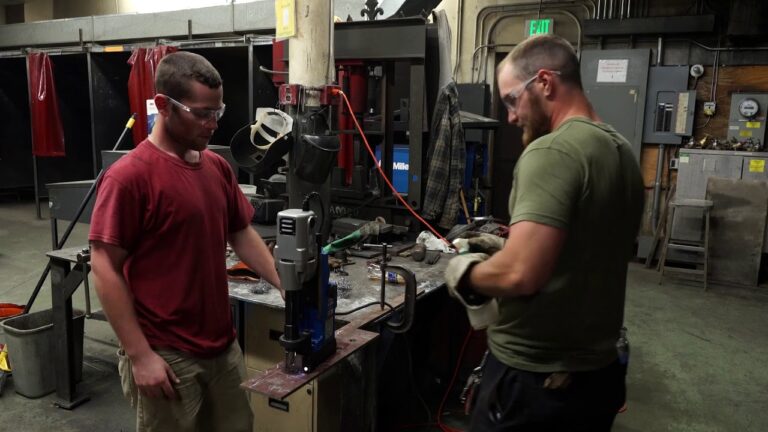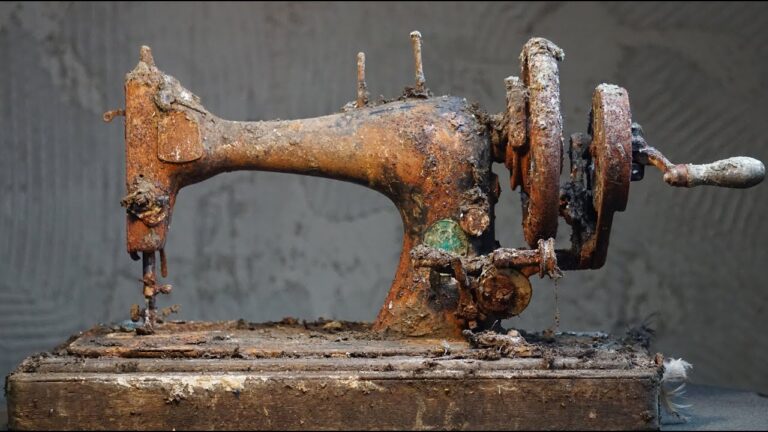Orthotist Job: Duties and Salary

Orthotist Job Description Template
Orthotist Job Description An orthotist is a specialized healthcare professional who is trained to design, fabricate, and fit orthopedic braces and prosthetic devices. They work closely with patients who have mobility or musculoskeletal impairments to provide them with the necessary support and assistance to improve their quality of life. The primary responsibility of an orthotist is to assess the needs of each individual patient and develop a customized treatment plan. This involves conducting thorough evaluations, including physical examinations and reviewing medical records, to determine the most appropriate orthotic device or brace. They collaborate with physicians, physical therapists, and other healthcare professionals to ensure that the treatment plan aligns with the patient’s goals and overall well-being. Once the treatment plan is determined, orthotists utilize their technical skills to create or modify orthotic devices. They may use various materials, such as metal, plastic, or fabric, to construct braces that provide optimal support and stability. Additionally, they make necessary adjustments and modifications to ensure a proper fit and comfort for the patient. Orthotists also play a crucial role in educating patients about the proper use and maintenance of their orthotic devices. They provide instructions on wearing and caring for the braces, as well as advice on exercises and activities that can complement the treatment plan. Two important skills for orthotists are: 1. Attention to Detail: Orthotists must have a keen eye for detail to accurately assess patients’ needs and design orthotic devices that cater to their specific requirements. Even the smallest discrepancy in measurements or fit can have a significant impact on the effectiveness of the treatment. 2. Empathy and Communication: Building a strong rapport with patients is essential for orthotists to understand their concerns, preferences, and limitations. Effective communication skills help them explain complex concepts to patients in a way that is easily understandable, ensuring their active participation in the treatment process. In conclusion, orthotists play a vital role in improving the mobility and quality of life for individuals with musculoskeletal impairments. Their expertise in designing and fitting orthotic devices, combined with their attention to detail and communication skills, allows them to provide personalized care and support to their patients.Orthotist Responsibilities
Orthotist Requirements
How Much Does A Orthotist Make?
Orthotist Salary
| Experience Level | Annual Salary |
|---|---|
| Entry Level | $50,000 – $60,000 |
| Mid-Career | $60,000 – $80,000 |
| Experienced | $80,000 – $100,000 |
| Senior Level | $100,000+ |
Orthotist salary varies depending on the level of experience. Entry-level orthotists can expect to earn an annual salary ranging from $50,000 to $60,000. As they gain more experience and move into mid-career positions, their salaries may increase to the range of $60,000 to $80,000 per year. Experienced orthotists with a substantial amount of experience can earn between $80,000 and $100,000 annually. At the senior level, orthotists can earn more than $100,000 per year. It’s important to note that these salary ranges can vary based on factors such as location, education, and additional certifications.
Orthotist Salaries by Country
Top Paying Countries for Orthotist
| Country | Average Salary |
|---|---|
| United States | $68,000 |
| United Kingdom | £42,000 |
| Australia | AUD 80,000 |
| Canada | $62,000 |
| Germany | €50,000 |
An orthotist is a healthcare professional who specializes in designing, fitting, and fabricating orthopedic braces and devices to assist individuals with musculoskeletal conditions or injuries. Orthotists play a crucial role in improving patients’ mobility, function, and overall quality of life.
This table provides information on the average salaries of orthotists in different countries. Please note that salaries may vary based on factors such as experience, qualifications, and cost of living in each country. The listed countries, including the United States, United Kingdom, Australia, Canada, and Germany, are among the top paying countries for orthotists.
A video on the topic Orthotist
Video Source : Loma Linda University HealthInterview Questions for Orthotist
1. What is the role of an orthotist?
An orthotist is a healthcare professional who specializes in designing, fabricating, and fitting orthopedic braces, prosthetics, and other devices to help patients with musculoskeletal conditions or injuries.
2. What skills are required to become an orthotist?
To become an orthotist, one needs a combination of technical, interpersonal, and problem-solving skills. Strong knowledge of anatomy, biomechanics, and materials is essential, as well as good communication and patient care skills.
3. How do you assess a patient’s needs as an orthotist?
As an orthotist, I assess a patient’s needs by conducting a thorough evaluation, which includes analyzing their medical history, physical examination, and discussing their functional goals and lifestyle. This helps me determine the most appropriate orthotic intervention for the individual.
4. What types of orthotic devices do you work with?
As an orthotist, I work with a wide range of orthotic devices, including braces for the spine, upper and lower extremities, orthopedic footwear, cranial remolding helmets for infants, and custom prosthetics for individuals with limb loss.
5. How do you ensure the proper fit of an orthotic device?
To ensure the proper fit of an orthotic device, I take careful measurements and impressions of the patient’s body part. I also make adjustments and modifications during the fitting process, ensuring the device is comfortable, functional, and meets the individual’s specific needs.
6. How do you stay updated with advances in orthotics?
To stay updated with advances in orthotics, I regularly attend conferences, workshops, and seminars. I also participate in professional development courses and engage in ongoing research to enhance my knowledge and skills in the field.
7. Can you provide an example of a challenging case you have worked on as an orthotist?
One challenging case I worked on was a patient with severe scoliosis who required a custom spinal brace. The curvature of their spine was complex, and the brace had to be designed to provide maximum support while allowing for mobility. It required careful assessment, collaboration with other healthcare professionals, and multiple adjustments to achieve the desired outcome.
8. How do you ensure patient satisfaction as an orthotist?
To ensure patient satisfaction, I prioritize open communication and collaboration with the patient throughout the entire orthotic intervention process. I actively listen to their concerns, provide education about the device, and make necessary adjustments to address any issues they may have. Regular follow-up appointments also help me monitor their progress and make any necessary modifications.
9. What do you find most rewarding about being an orthotist?
One of the most rewarding aspects of being an orthotist is witnessing the positive impact orthotic devices can have on a patient’s quality of life. Seeing them regain mobility, improve functionality, and achieve their personal goals is truly fulfilling and motivates me to continue providing the best care possible.
10. How do you collaborate with other healthcare professionals as an orthotist?
As an orthotist, I collaborate closely with other healthcare professionals, such as physicians, physical therapists, and occupational therapists. This collaboration involves sharing patient information, discussing treatment plans, and working together to ensure the most holistic and effective care for the patient.






